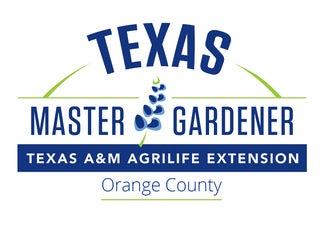Master Gardeners Checklist: Do this fall yard work now and you will reap benefits next spring
Published 12:22 am Saturday, October 10, 2020
|
Getting your Trinity Audio player ready...
|
From The Outdoor Power Equipment Institute
Autumn is no time to ignore your lawn and landscape. “What you do now will determine the quality of your family yard next spring and summer,” said Kris Kiser, president and CEO of the Outdoor Power Equipment Institute (OPEI), the international trade association representing power equipment, small engine, utility vehicle, golf car and personal transport vehicle manufacturers and suppliers.
“People know to plant flower bulbs in the fall, but this time of year is perfect for mowing, mulching, aerating, trimming and patching your yard,” said Kiser. “You might use a lawn mower to trim the grass, mulch the leaves, or pull an aerator attachment around your yard. Leaf blowers can help corral those troublesome leaves, and string trimmers can help you make your yard tidy.”
It’s important to take care of your yard, says Kiser. “After all, your living landscape does a lot for you. It produces oxygen, reduces the urban heat island effect, filters and captures runoff, improves air quality, controls erosion, absorbs carbon dioxide, and supports biodiversity. You benefit when your yard is in top shape.”
OPEI offers the following checklist to make sure your yard is ready for relaxing and fun outdoor activities next year.
#1 Keep mowing. Grass that is too high may attract lawn-damaging field mice. Shorter grass is more resistant to diseases and traps fewer falling leaves. Cutting the grass low allows more sun to reach the crown of the grass, so less leaf will turn brown in the winter. However, cutting off too much at one time can be damaging, so never trim more than a third of the grass blades off in a single cutting. Put mower blades on the lowest settings for the last two cuts of the season.
#2 Aerate your lawn. Compressed soil hurts grass health. Aerating punches holes into the soil and lets oxygen, water and nutrients into a lawn. Use a walk-behind aerator or get an attachment to pull behind a riding mower.
#3 Mulch your leaves. Many mowers can mulch leaves with an attachment. Since mulching with a mower can mix grass clippings with leaf particles, these nitrogen-rich grass particles and carbon-rich leaf particles will compost more quickly. Together, they return nutrients to the soil.
#4 Trim and shore up trees and bushes. Use trimmers, chainsaws or pole pruners to cut back trees, shrubs and plants. Make sure branches are safely trimmed back from overhead lines, and not in danger of falling on a home or structure in winter weather. You may need to tie or brace limbs of upright evergreens or plants to prevent them from breaking in high winds or snow. Call a professional arborist for big trees or hard to reach spots.
#5 Repair bald spots. The easiest way to do this is with an all-in-one lawn repair mixture (found at most garden shops and home centers). Use a garden rake or de-thatcher to scratch loose the soil on the spot.
#6 Ready your outdoor power equipment for winter storage. Drain fuel tanks before storing your lawn mower, leaf blower or string trimmer for the winter. Service and winterize your outdoor power equipment before storing in your garage or shed. Taking these simple steps now, will ensure that in the springtime when you are eager to get back outside, you’ll be ready to start your equipment and get to work right away.
For your horticultural questions, please call the Orange County Master Gardener Hot Line 409-882-7010, Tuesday and Thursdays, 10 a.m. – 2 p.m. or you may email us at ocmg1990@gmail.com.






